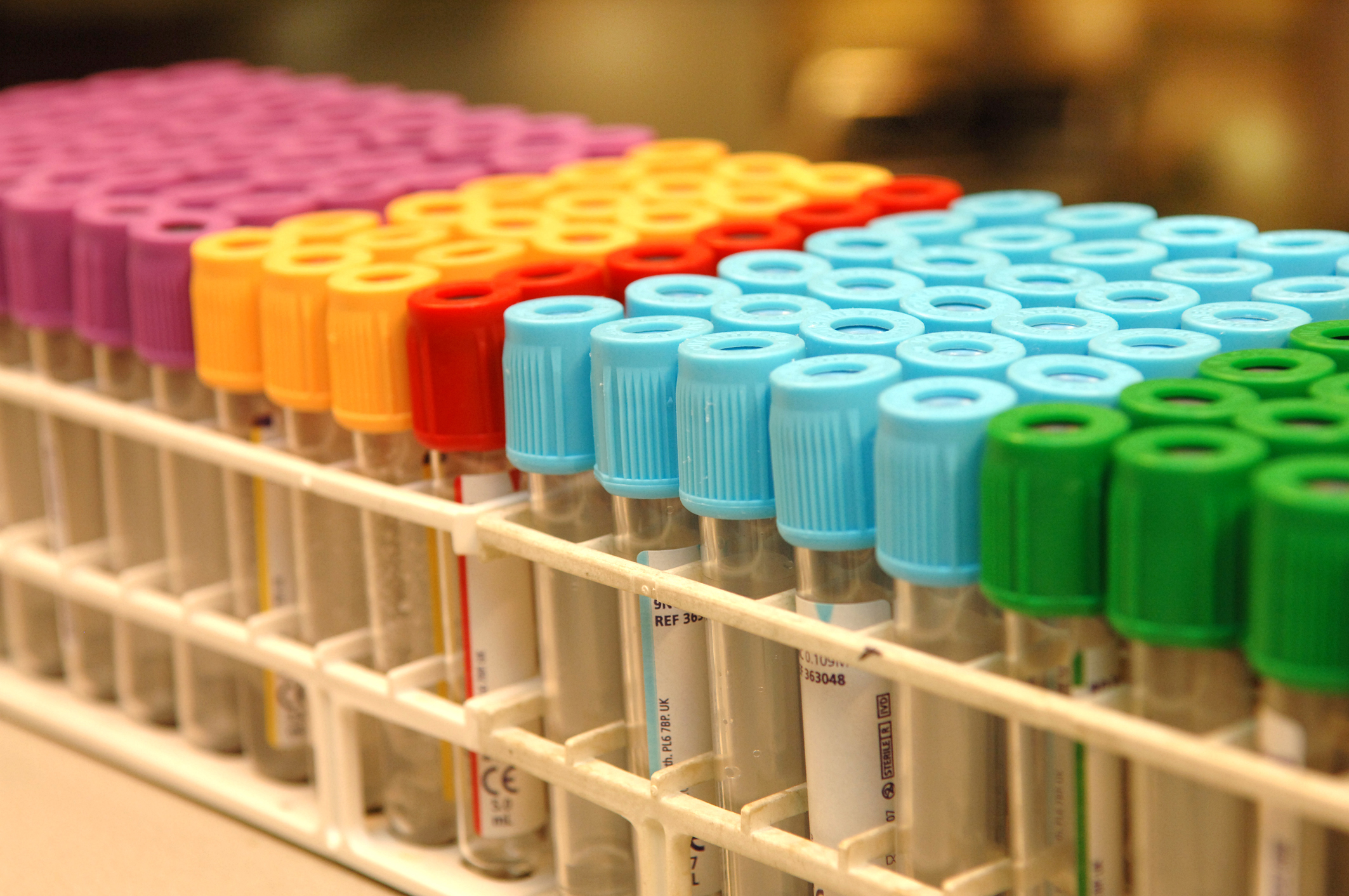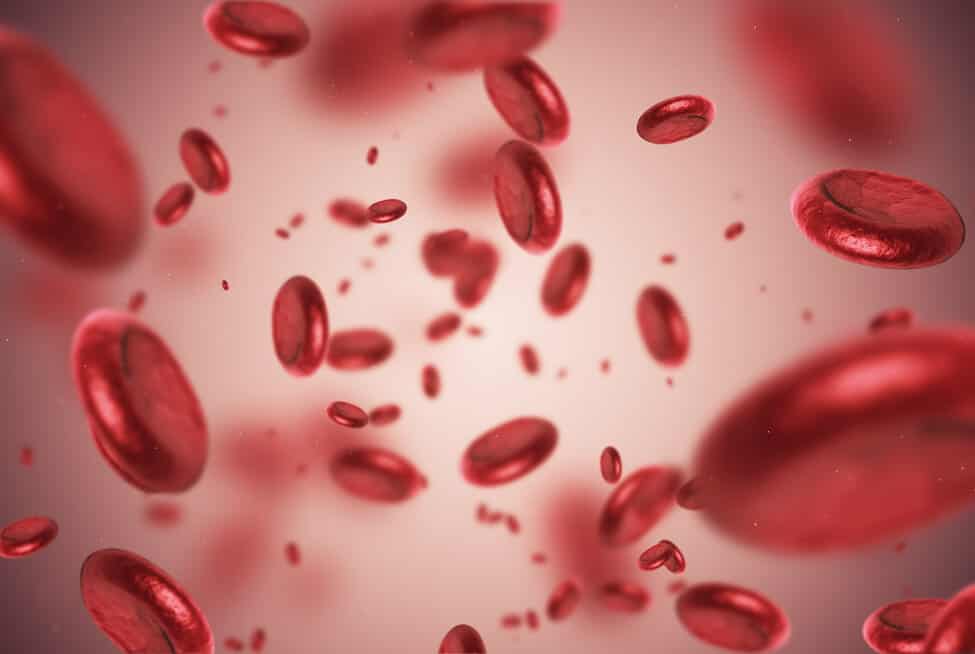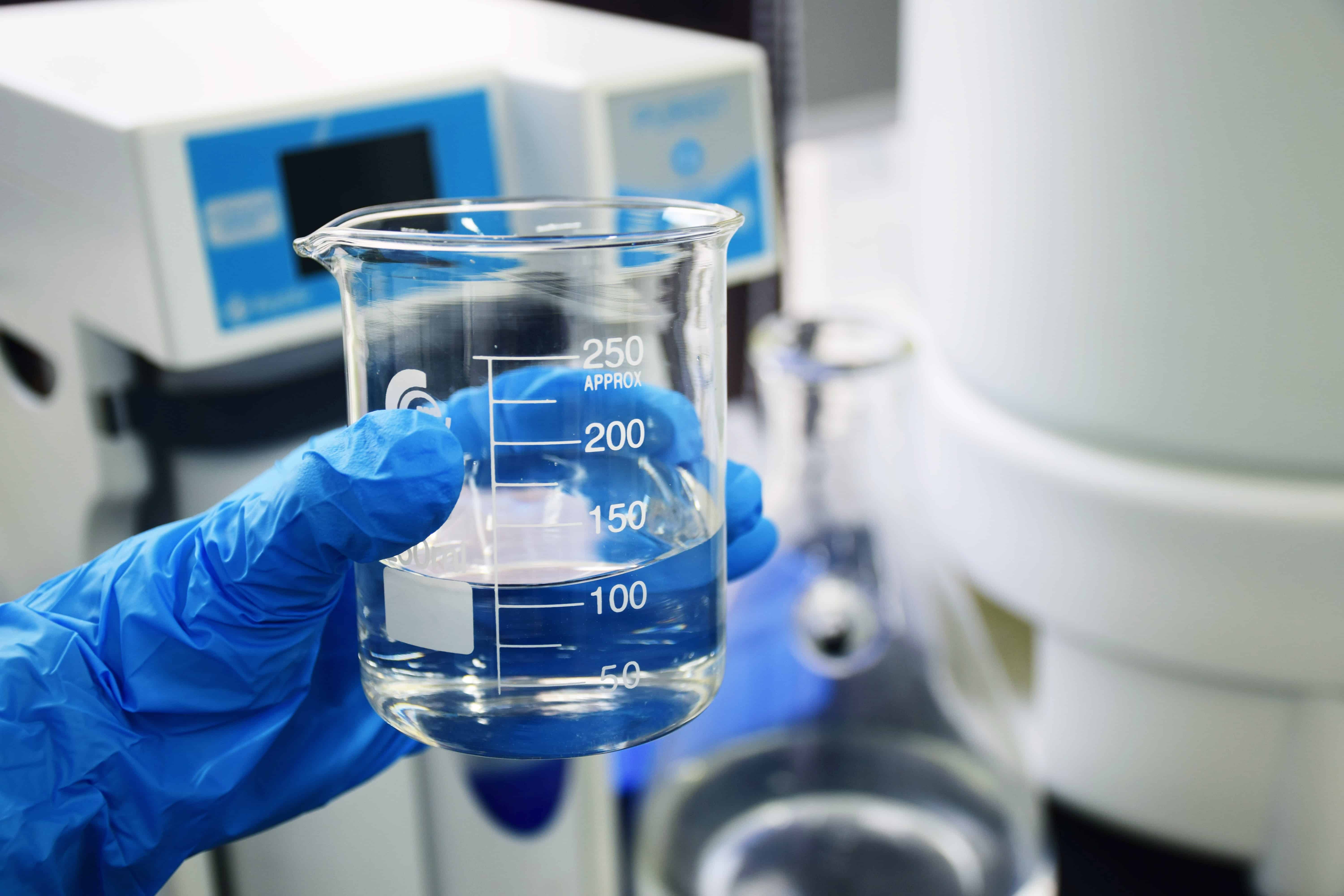
To diagnose lung cancer, tumor tissue is taken from a patient and examined for signs of cancer. However, this is not always possible due to the location of the tumor and can be painful for the patient. For his PhD research, Remco de Kock used so-called liquid biopsies based on a PCR analysis in blood plasma to look for biomarkers for tumors in the blood of patients suspected of having lung cancer. It is minimally invasive, patient-friendly and proves highly effective in diagnosing lung cancer patients and monitoring their therapy. He defends his thesis on Tuesday, December 14, at the Faculty of Biomedical Engineering at the Eindhoven University of Technology in the Netherlands (TU/e).
“In many diseases, it’s about finding evidence that the disease is in the body at all,” De Kock says in a press release. “In lung tumors, the proof is the presence of cell-free tumor DNA (ctDNA).”

ctDNA is a fraction of all the cell-free DNA circulating in the blood and comes from tumor cells. But there is a small problem: for anyone with lung cancer, especially in the early stages of the disease, ctDNA is only present in very small amounts. So this requires highly sensitive detection techniques.
PCR to the rescue
In recent months, a PCR test has been frequently in the media as coronavirus tests. PCR stands for “polymerase chain reaction” and is a way to make copies of DNA quickly when only a small amount of DNA is available. Droplet digital PCR (ddPCR) is a method in which a sample is divided into water-in-oil droplets before the PCR begins. The droplets allow for more accurate detection of DNA molecules.
Read also: New blood test detects 50+ cancer types, inc. early stage pre-symptomatic
“The most important aspect of my research was to design ddPCR tests for ctDNA analysis that can be used in hospitals,” says De Kock.
Multicenter study
To evaluate this new test, De Kock, along with Volkher Scharnhorst (TU/e and Catharina Hospital), Luc Brunsveld (TU/e) and Birgit Deiman (Catharina Hospital), among others, set up a multicenter study.
Catharina Ziekenhuis Eindhoven, Máxima Medisch Centrum, St. Anna Zorggroep, Amphia Ziekenhuis, St. Jans Gasthuis, and Maasstad ziekenhuis participated in the study, with more than 1,000 patients suspected of having lung cancer.
“Blood was drawn from each patient and analyzed for mutations in ctDNA, as well as other proteins associated with tumors,” says De Kock. “If a mutation was detected, the patient was then monitored during their treatment.”
Validating and eliminating drawbacks
Before the test could be used in patients, it had to be validated. “We validated the ddPCR test with reference standards containing known concentrations of ctDNA,” explains De Kock. “We also developed a blueprint with guidelines for sample collection, processing and analysis. Those things are all necessary if the test is used in hospitals.” The ddPCR test was then clinically validated, applying it to samples from patients whose lung cancer was strongly suspected. This ddPCR test is now being used in daily practice at Catharina Hospital.
Radiographic imaging is the gold standard for monitoring therapy response, but a disadvantage of this is that it is only reliable after a long time (two to three months). Analysis of ctDNA, on the other hand, can be conclusive after only a few weeks.
De Kock found a very strong correlation between the course of the ctDNA concentration in blood and the course of the disease on radiographic imaging. “Based on this, we strongly recommend a new ctDNA approach based on repeated ctDNA testing to control the frequency of radiographic imaging. In this way, disease progression could be detected earlier.”
Testing ‘water on the lungs’
De Kock then assessed the flexibility of the ctDNA test by applying it to another liquid biopsy source – pleural effusion, also known as ‘water on the lungs.’ This is an accumulation of excess fluid between the pleura, the large layers of tissue surrounding the lungs.
“We are the first to demonstrate that pleural effusion can be used in monitoring therapy response,” says De Kock. “We suggest that pleural effusion and blood testing should be used to help select therapies and monitor disease progression.”
Help from algorithms in diagnosis
It is one thing to develop an effective test, but it is another thing to properly evaluate the results of these tests. To aid in diagnosis, three machine learning algorithms were trained with input data. These consisted of test results from liquid biopsies using the ctDNA ddPCR approach and image information about the suspected tumor. The output of the algorithms includes the probability of the presence of lung cancer and the distinction between different types of lung cancer.
“By using the algorithms in clinical practice, the diagnosis can sometimes become more objective and the physician can use a lot of additional data in making the diagnosis,” notes De Kock.
There are several benefits of using liquid biopsies for the physician and the patient. “This test can be useful in cases where the diagnosis is inconclusive, or when the patient is too ill to undergo a tissue biopsy. Thanks to the models and this minimally invasive test, patients could sometimes get an accurate diagnosis sooner and avoid taking tissue biopsies via surgery. “
Selected for you!
Innovation Origins is the European platform for innovation news. In addition to the many reports from our own editors in 15 European countries, we select the most important press releases from reliable sources. This way you can stay up to date on what is happening in the world of innovation. Are you or do you know an organization that should not be missing from our list of selected sources? Then report to our editorial team.






